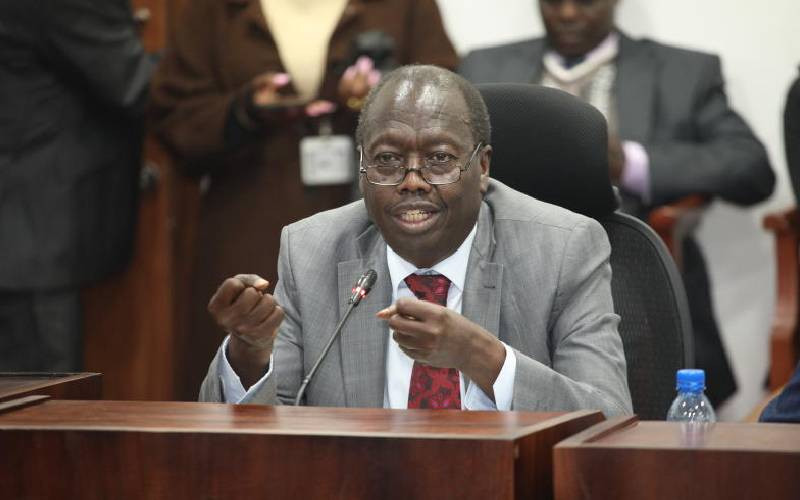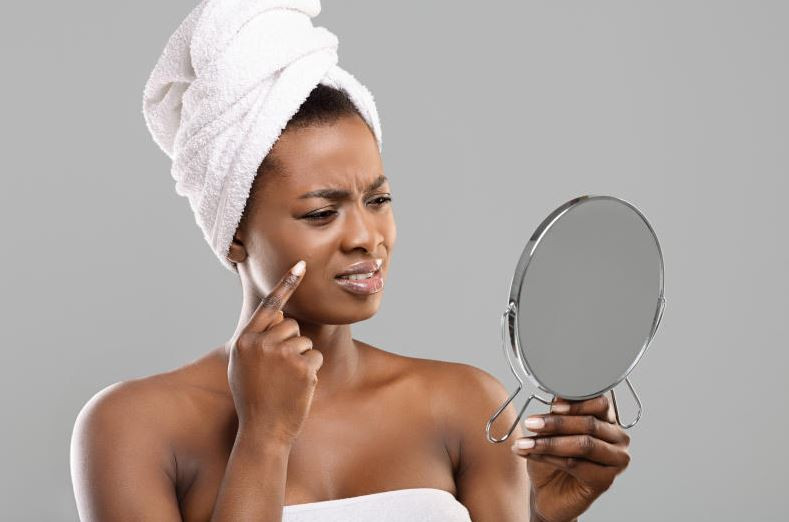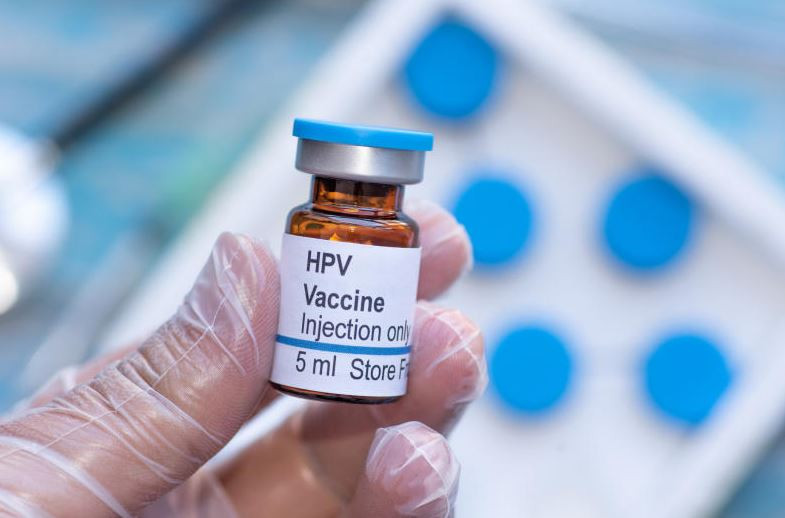
Sidney Chahonyo suffers partial hearing loss but that has not stopped him from going about his life.
It all began at the age of seven during a trip to Mombasa. “I got a very bad case of mumps. I was treated for malaria and my body reacted to the treatment, as I lost hearing on the left side,” he recalls, adding that things got worse when he was diagnosed with cancer of the post-nasal space at the age of 19.
By this time, he had a one-sided hearing and had been warned about losing his hearing completely because of radiotherapy and the proximity of the ear to where the cancer was.
Facts First
This story continues on The Standard INSiDER. Subscribe now for unfiltered journalism that holds power to account.
Already have an account? Login
 The Standard Group Plc is a multi-media organization with investments in media
platforms spanning newspaper print
operations, television, radio broadcasting, digital and online services. The
Standard Group is recognized as a
leading multi-media house in Kenya with a key influence in matters of national
and international interest.
The Standard Group Plc is a multi-media organization with investments in media
platforms spanning newspaper print
operations, television, radio broadcasting, digital and online services. The
Standard Group is recognized as a
leading multi-media house in Kenya with a key influence in matters of national
and international interest.











